Description
1. Introduction to Chordates
- Definition: Chordates are animals possessing a notochord, a hollow dorsal nerve cord, pharyngeal slits, and a post-anal tail at some point in their life cycle.
- Characteristics:
- Notochord: A flexible, rod-shaped structure found in the embryonic stage of all chordates.
- Dorsal Nerve Cord: Develops into the brain and spinal cord.
- Pharyngeal Slits: Openings in the pharynx that develop into gill structures in aquatic chordates.
- Post-Anal Tail: Extension of the body past the anal opening.
2. Classification of Chordates
- Three Subphyla:
- Urochordata (Tunicates):
- Marine organisms.
- Notochord present only in the larval stage.
- Examples: Sea squirts.
- Cephalochordata (Lancelets):
- Marine organisms.
- Notochord extends throughout life.
- Examples: Amphioxus.
- Vertebrata (Craniata):
- Have a vertebral column.
- Includes fishes, amphibians, reptiles, birds, and mammals.
- Urochordata (Tunicates):
3. Subphylum Vertebrata
- Characteristics:
- Endoskeleton: Made of cartilage or bone.
- Complex Nervous System: Highly developed brain enclosed in a skull.
- Closed Circulatory System: Heart with two, three, or four chambers.
- Excretory System: Kidneys filter waste products from the blood.
4. Classes of Vertebrates
- Agnatha (Jawless Fishes):
- Lack jaws and paired fins.
- Examples: Lampreys, hagfish.
- Chondrichthyes (Cartilaginous Fishes):
- Skeleton made of cartilage.
- Examples: Sharks, rays.
- Osteichthyes (Bony Fishes):
- Skeleton made of bone.
- Examples: Salmon, goldfish.
- Amphibia (Amphibians):
- Dual life: aquatic larval stage and terrestrial adult stage.
- Examples: Frogs, salamanders.
- Reptilia (Reptiles):
- Scaly skin, lay shelled eggs.
- Examples: Snakes, lizards, turtles.
- Aves (Birds):
- Feathers, beak, lay eggs, endothermic.
- Examples: Eagles, sparrows.
- Mammalia (Mammals):
- Hair or fur, mammary glands, endothermic.
- Examples: Humans, whales, elephants.
- 5. Adaptations in Chordates
- Respiratory Adaptations:
- Gills in fishes.
- Lungs in amphibians, reptiles, birds, and mammals.
- Reproductive Adaptations:
- Oviparous (egg-laying) and viviparous (live-bearing) species.
- Locomotory Adaptations:
- Fins in fishes.
- Limbs in amphibians, reptiles, birds, and mammals.
- Sensory Adaptations:
- Highly developed eyes, ears, and olfactory systems.
- 6. Examples and Economic Importance
- Fishes: Important for food, sport, and aquarium trade.
- Amphibians: Indicators of environmental health, pest control.
- Reptiles: Control rodent populations, some are pets.
- Birds: Pollination, seed dispersal, pest control, food.
- Mammals: Domesticated animals for food, labor, and companionship.

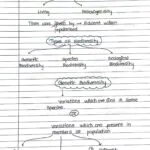
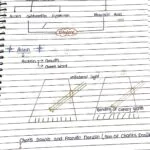
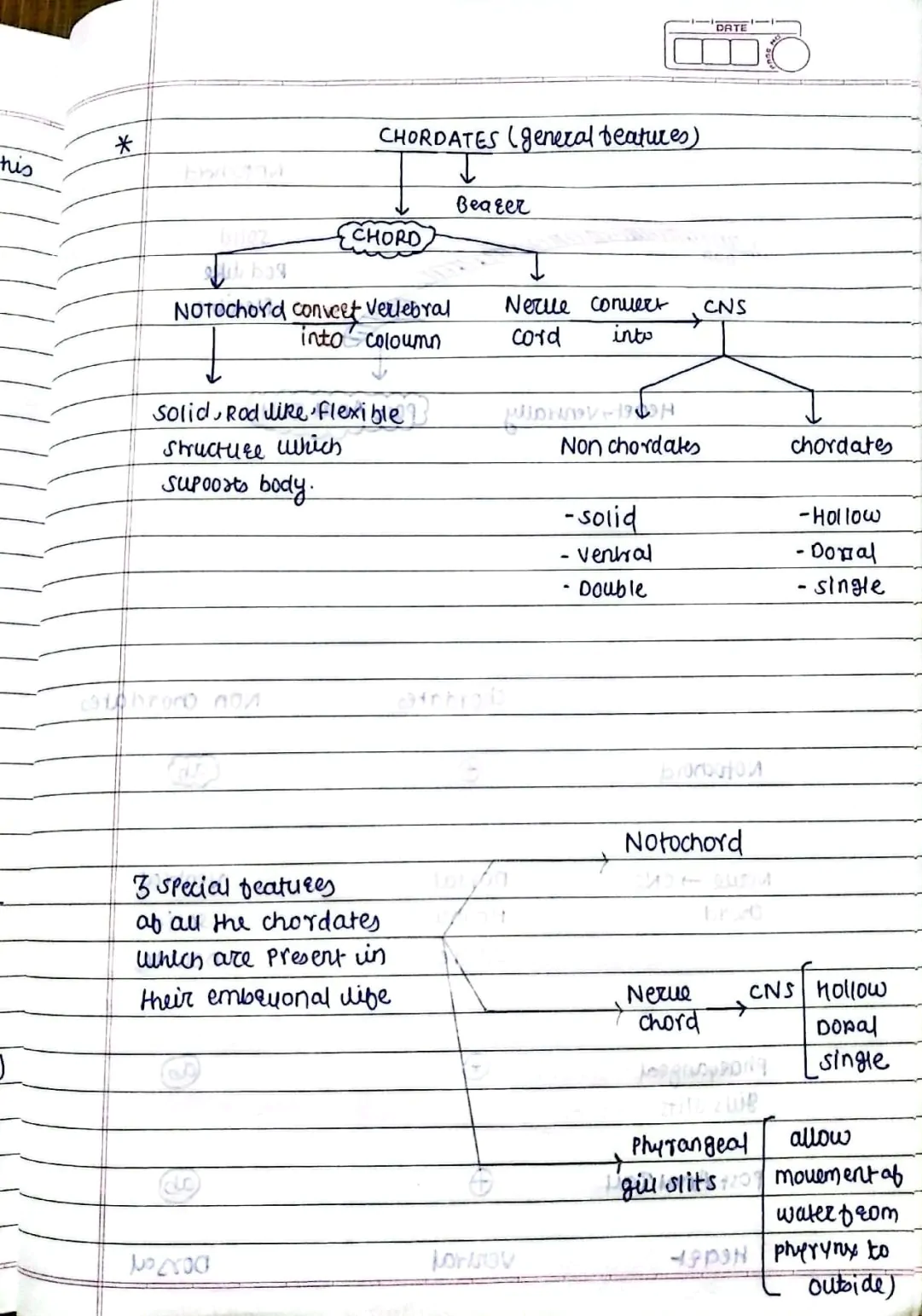
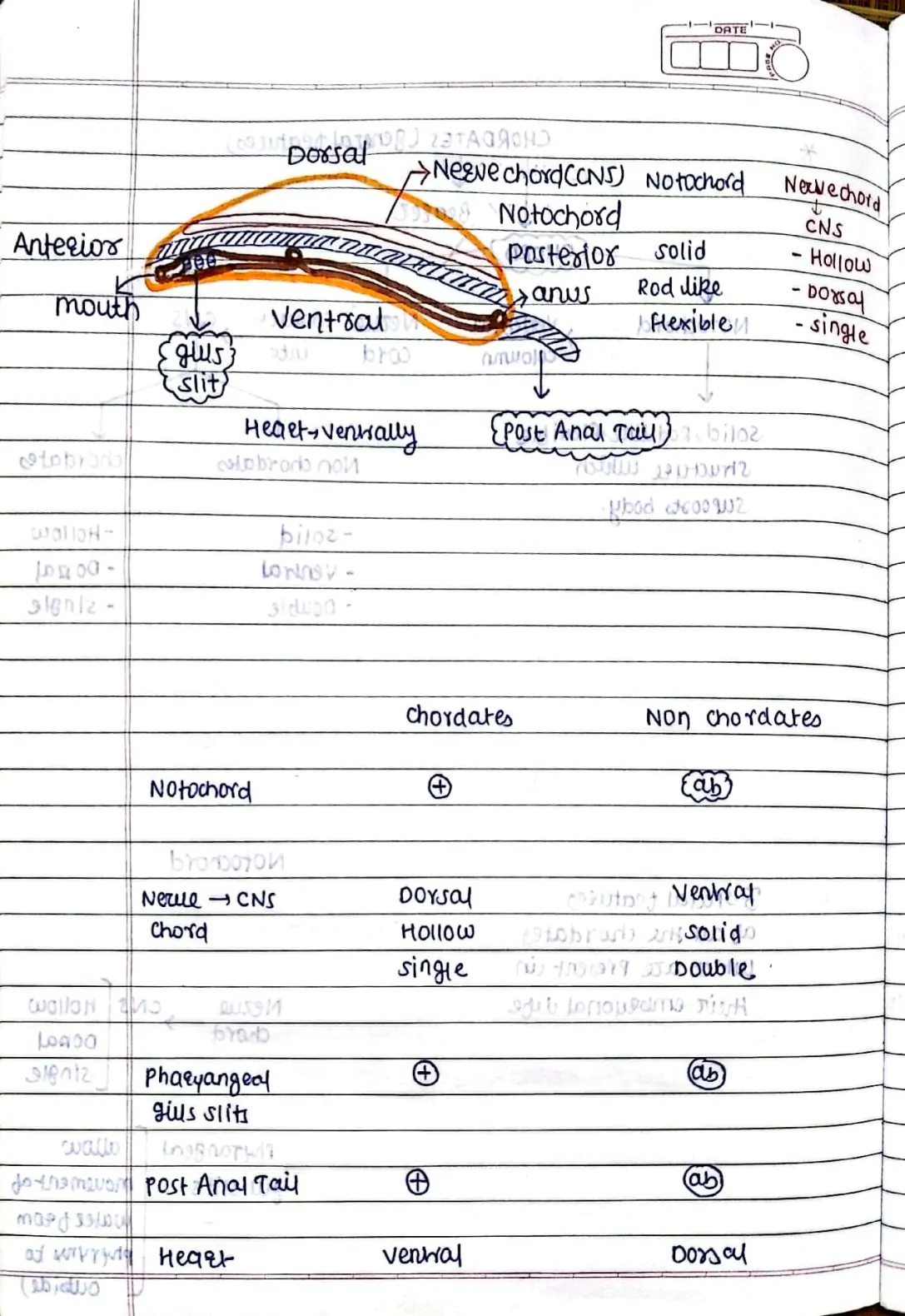
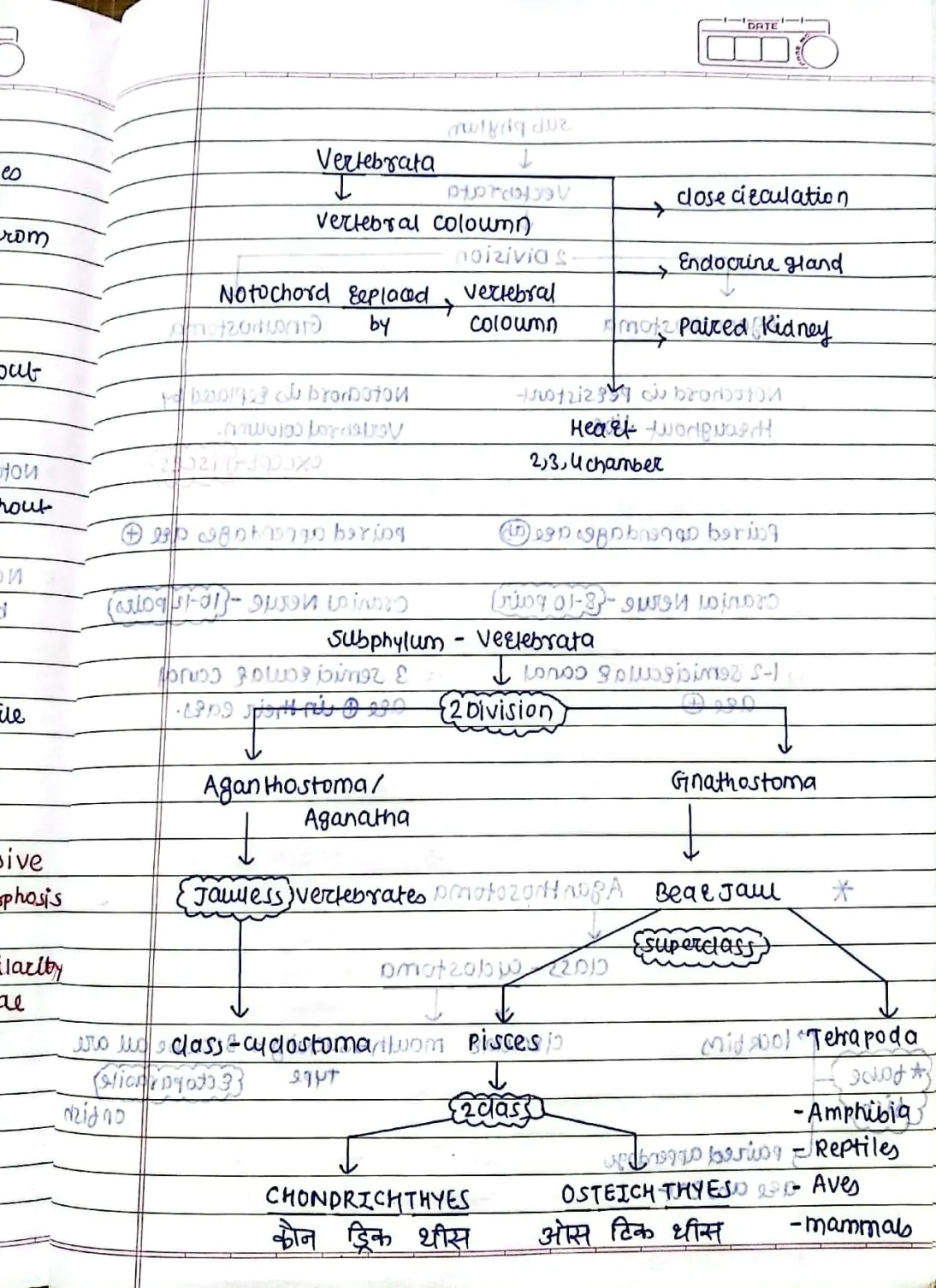

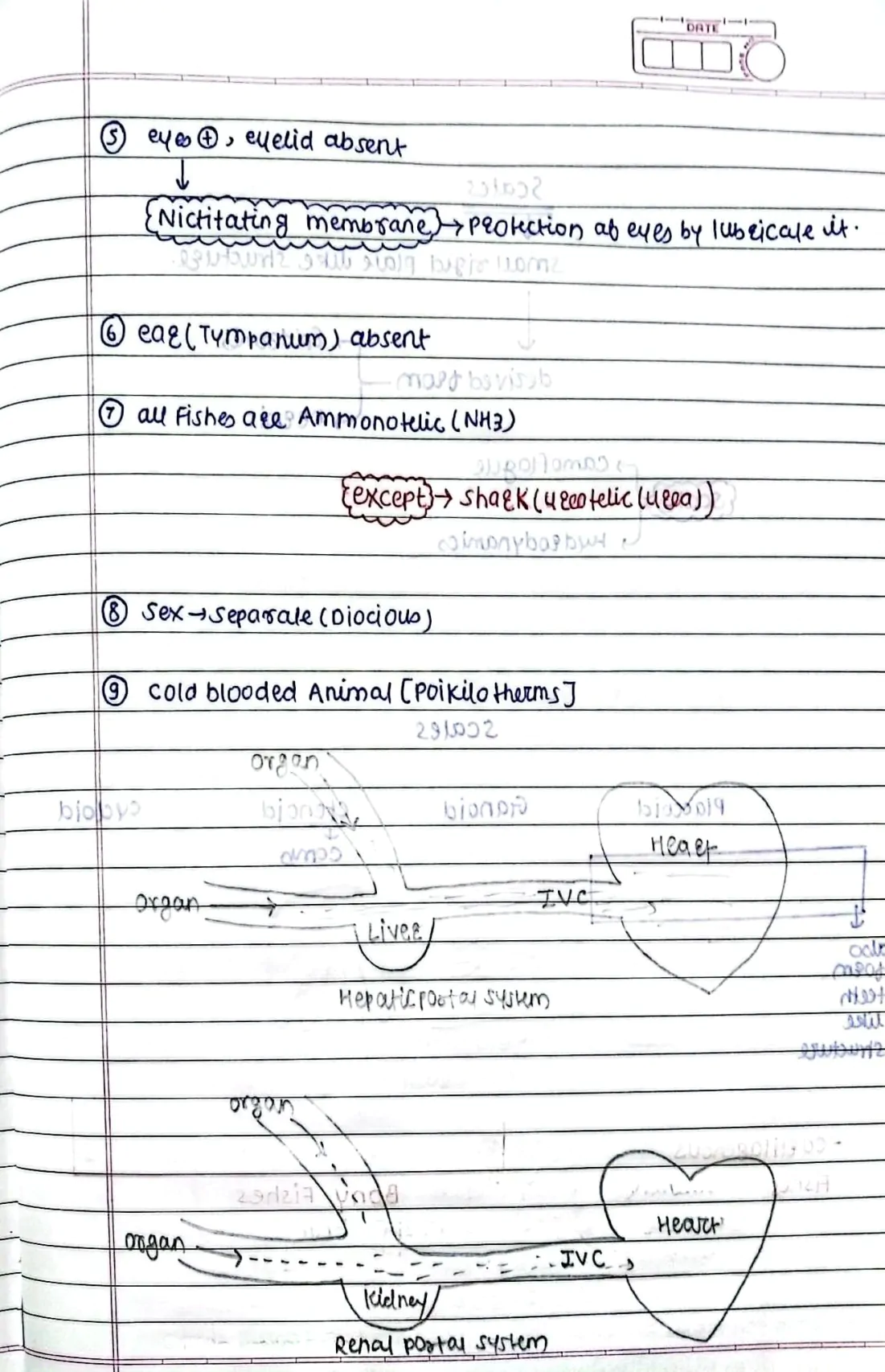
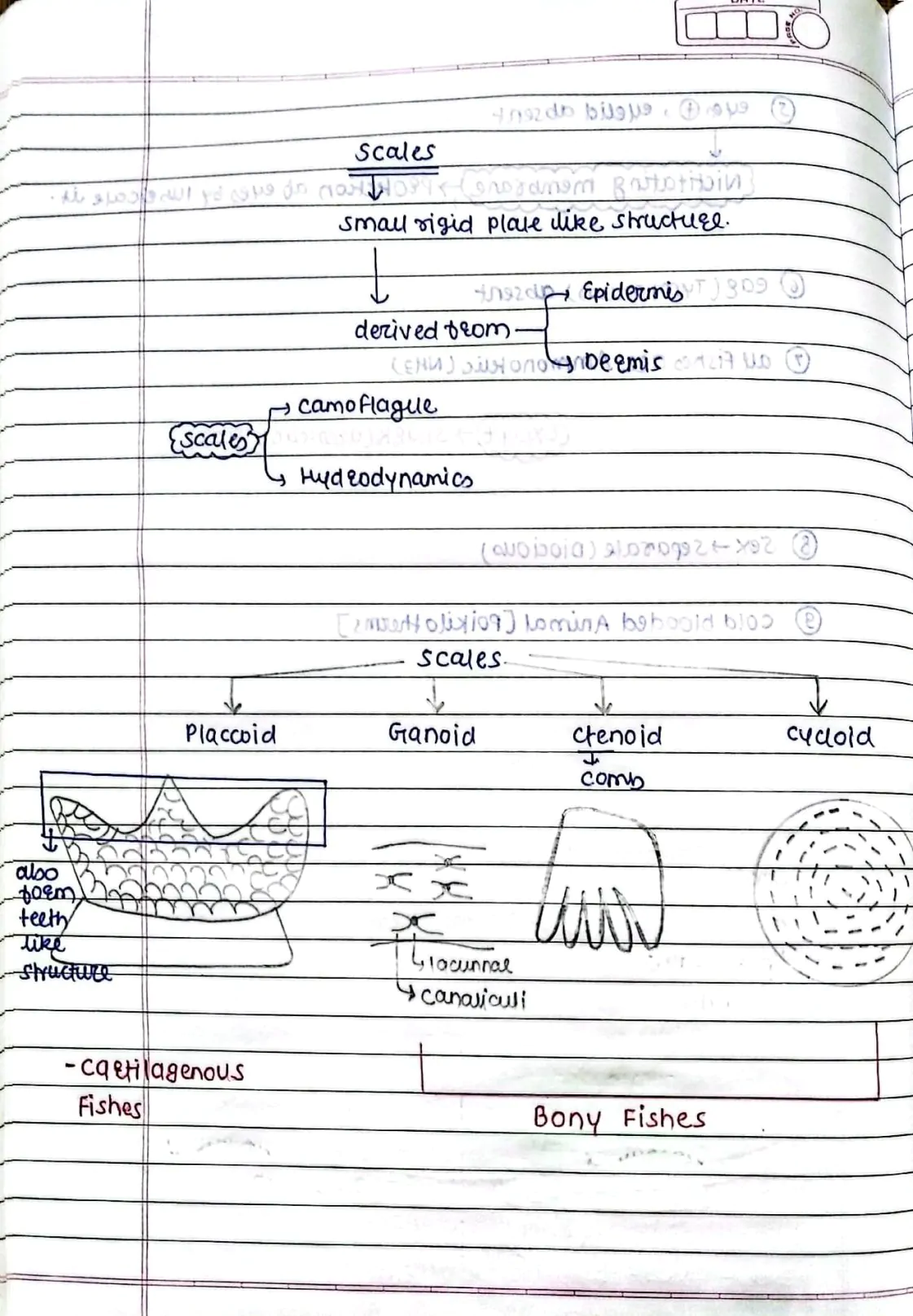
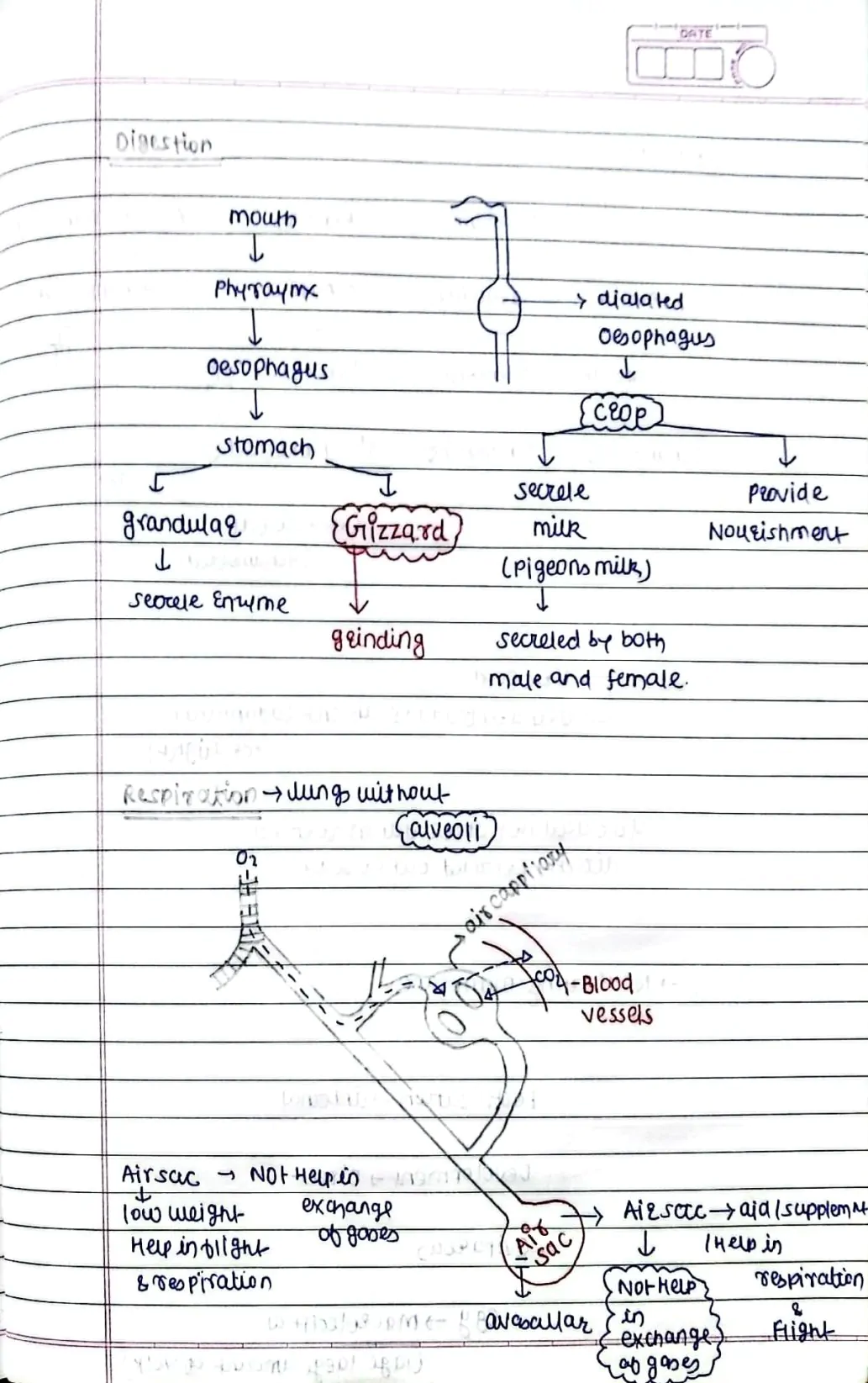


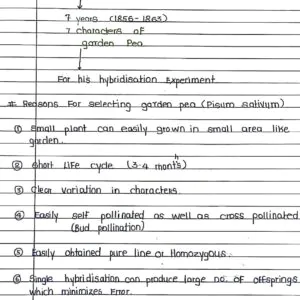



Reviews
There are no reviews yet.